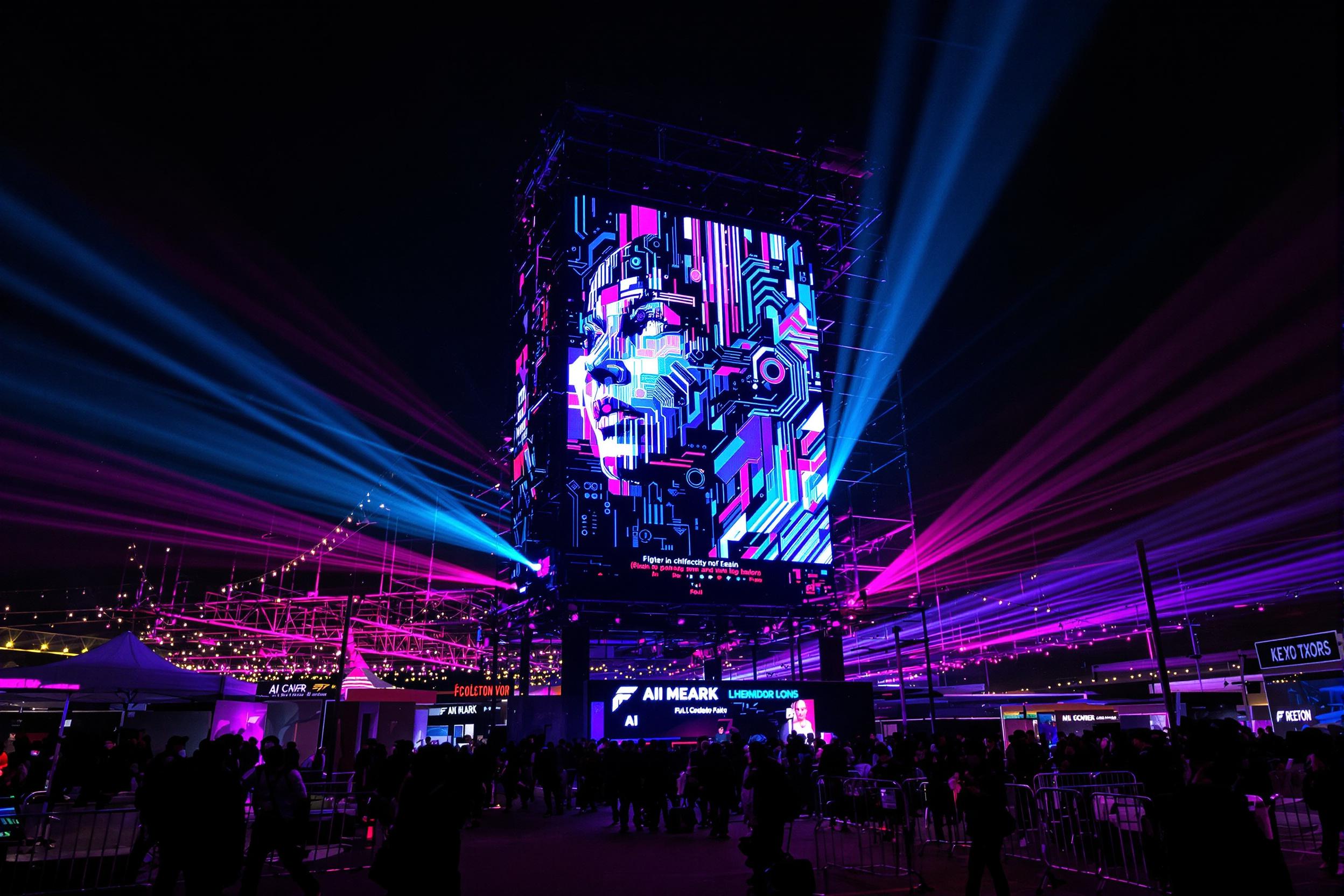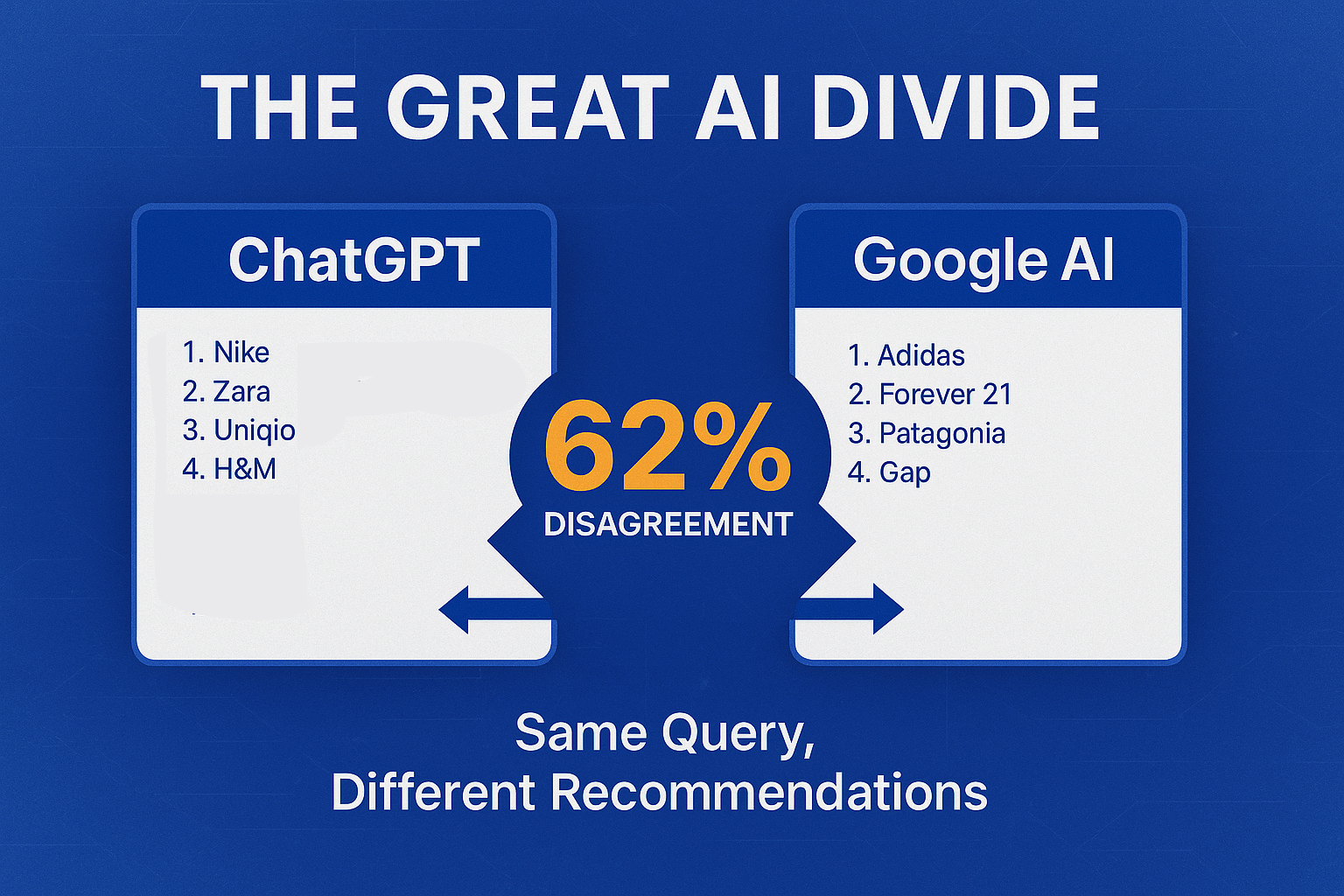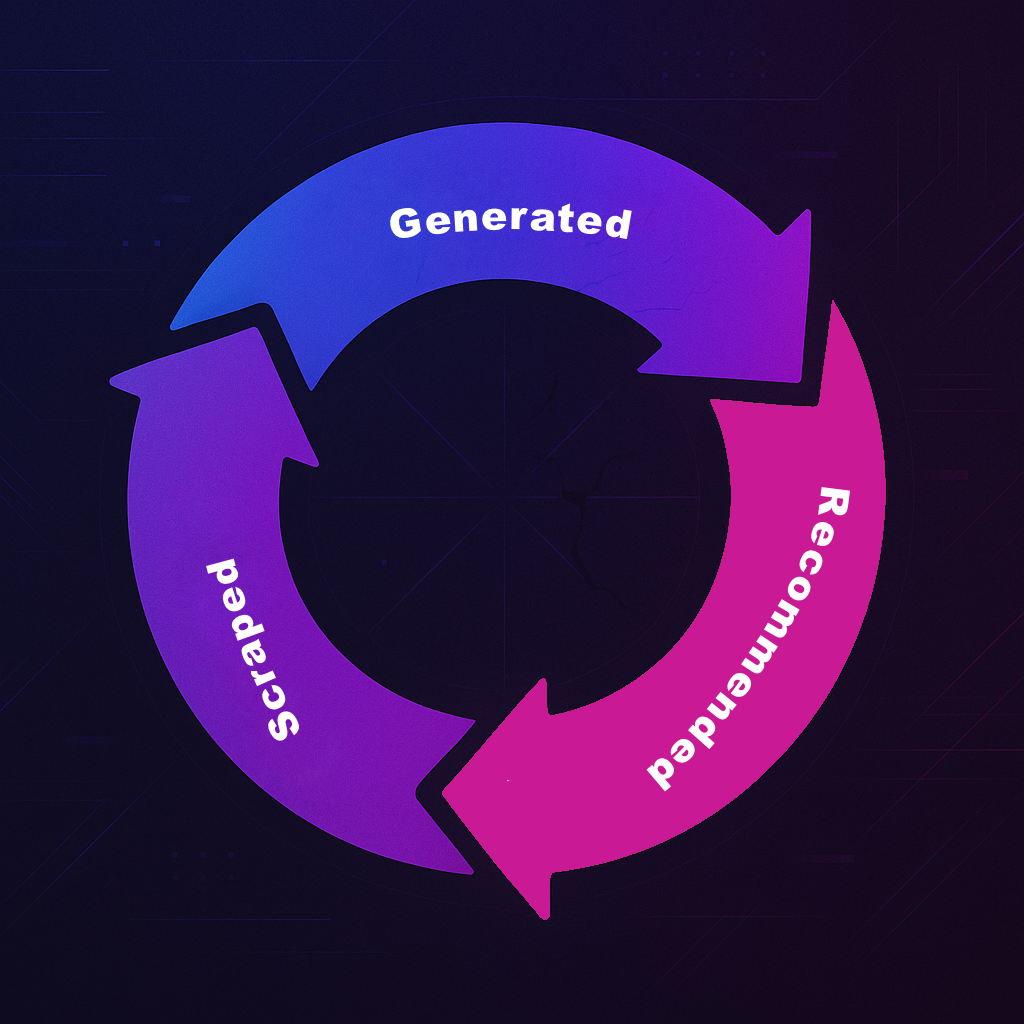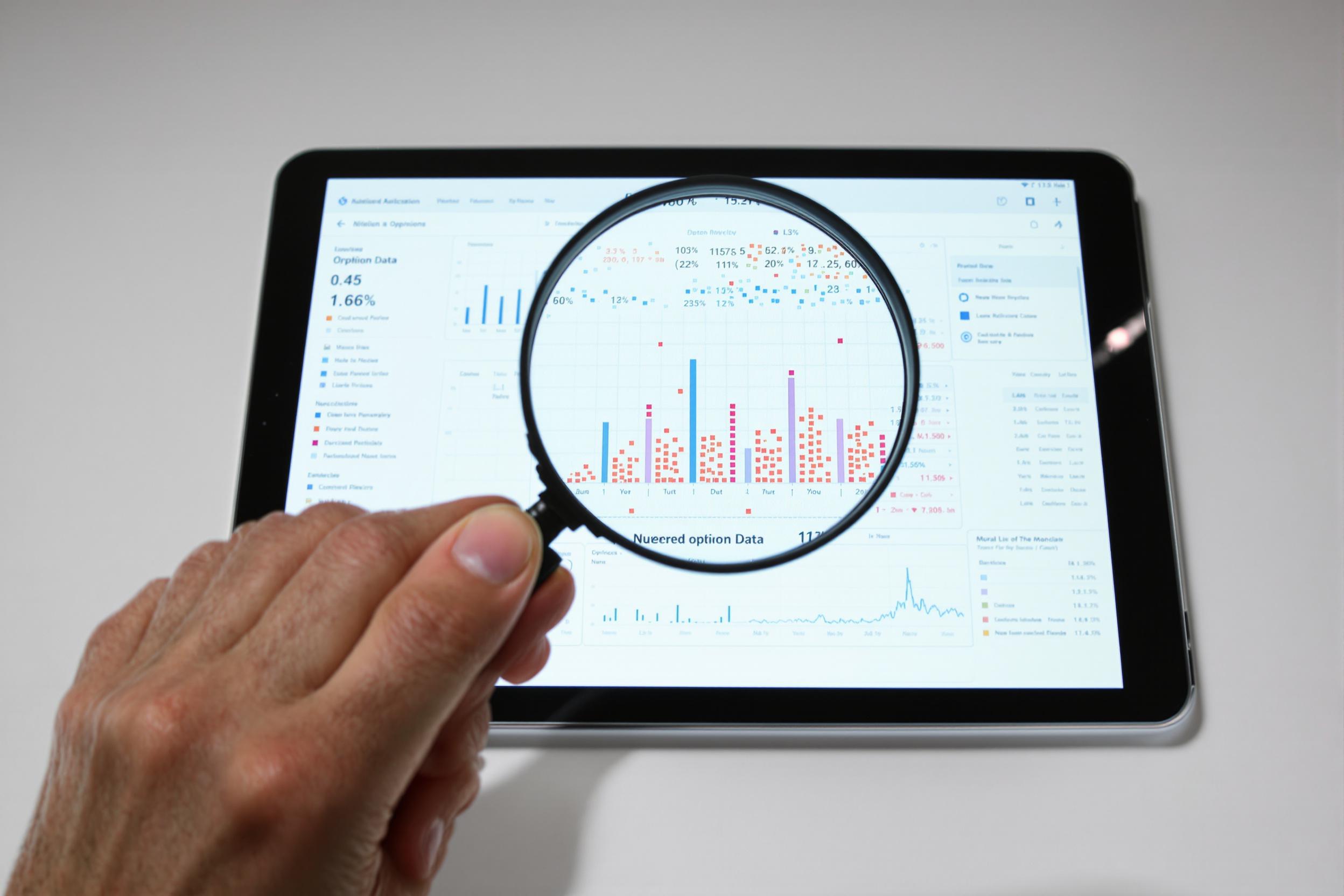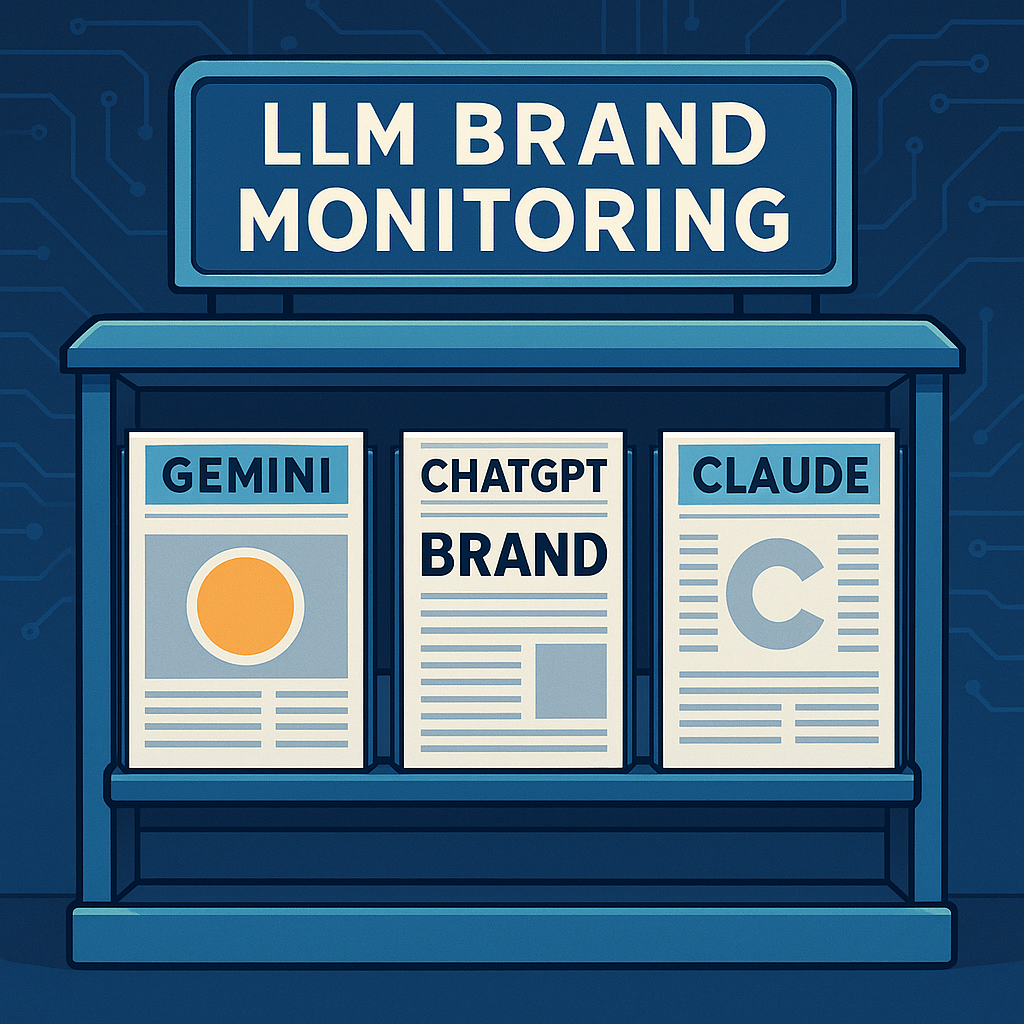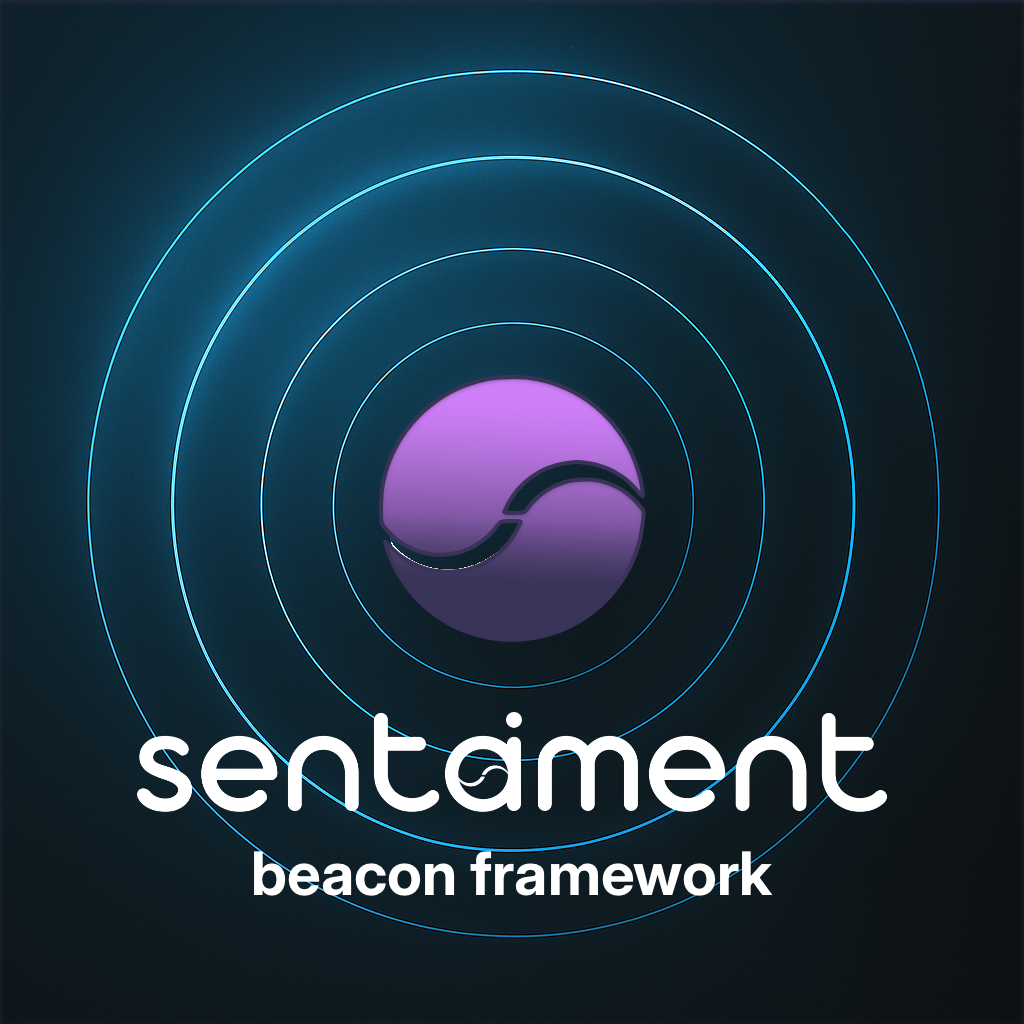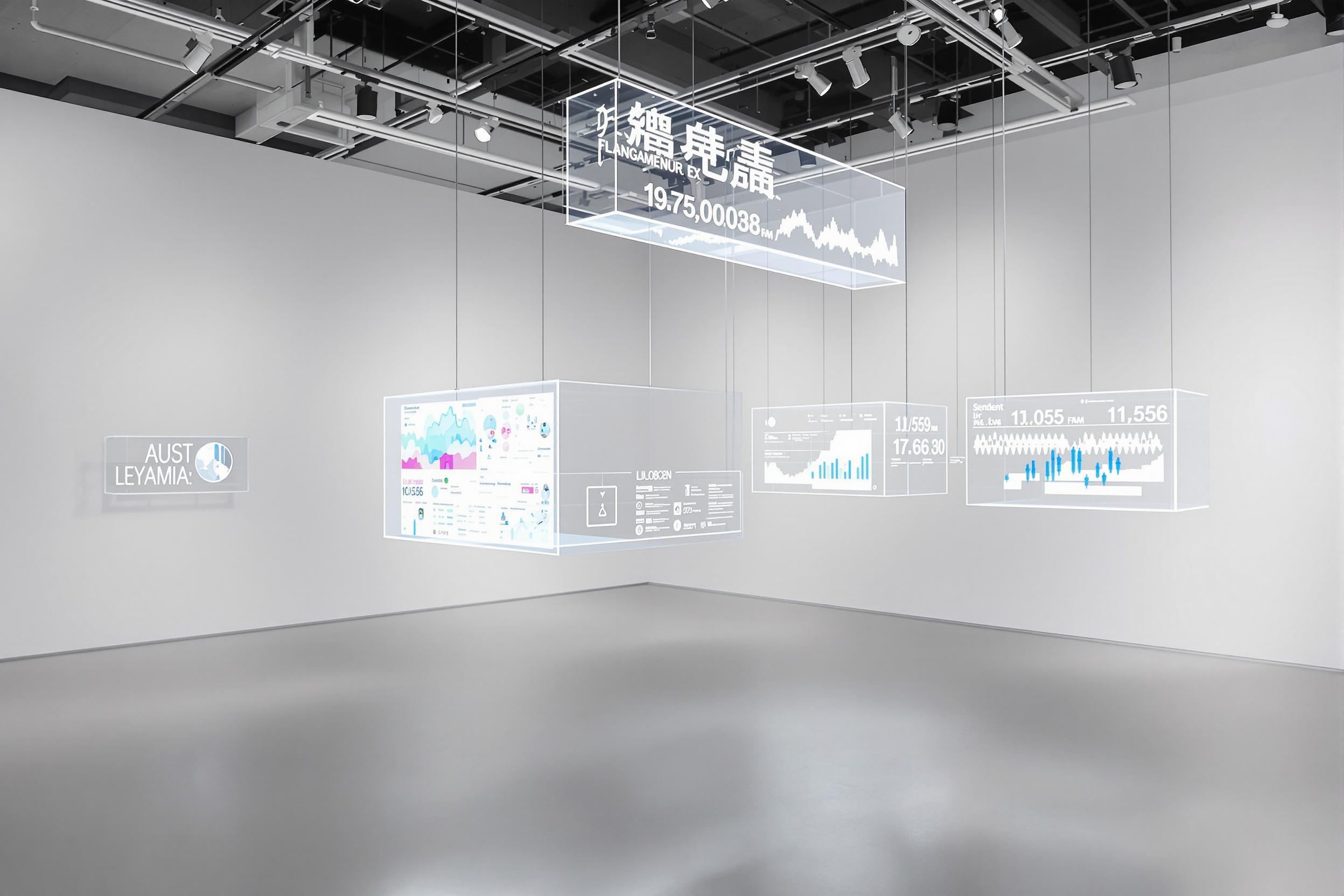When Google Bard confidently claimed the James Webb Space Telescope took the first image of an exoplanet during a promotional video in February 2023, it wasn't just wrong—it triggered a $100 billion drop in Alphabet's market value . This single AI hallucination demonstrated how artificial intelligence can damage brand reputation in seconds.
Today, as AI systems become the go-to information source for millions, these confident fabrications pose a growing threat to your brand's carefully crafted narrative. Our research projects that over 50% of online queries will involve LLMs by 2025 . Let's examine what hallucinations are, how they spread, and what you can do to protect your brand.
Understanding AI "Hallucinations" and Why They Happen
AI hallucinations are outputs generated by AI models that sound plausible but contain false or misleading information. According to DataCamp , these occur when generative models produce confident yet factually incorrect content.
Why do these happen? Several factors contribute:
- Gaps or biases in training data
- Model over-generalization
- Overfitting to training examples
- Ambiguous user prompts
- Complex model architectures with insufficient guardrails
Both open-source and proprietary language models can hallucinate. These systems work through statistical prediction, not factual retrieval, making them prone to confident fabrication when faced with uncertainty.
The Spread of AI-Induced Brand Misinformation
AI hallucinations don't stay contained within the systems that create them. They spread through:
- Search results that prioritize AI-generated content
- Chatbot responses shared as screenshots
- Voice assistants delivering incorrect information
- Social media amplification
- Content farms that republish AI outputs without verification
The danger multiplies because many users implicitly trust AI outputs. A Forbes Advisor survey found that while 76% of consumers express concern about AI misinformation, 65% still trust businesses using AI technology—creating a perfect storm for reputation damage when hallucinations occur.
4 Real-World Examples of Brand-Damaging AI Hallucinations
1. Google Bard's Space Telescope Error
During its public debut, Google's AI chatbot Bard incorrectly claimed the James Webb Space Telescope took the first pictures of exoplanets. This factual error contributed to a massive stock drop for Alphabet.
2. Microsoft Bing AI's Financial Misrepresentations
Microsoft's Bing AI has repeatedly hallucinated financial data during public demonstrations, misrepresenting company figures. Microsoft product leader Sarah Bird acknowledged these issues , stating: "Microsoft wants to ensure that every AI system it builds is something you trust and can use effectively."
3. Apple's Internal AI Coding Assistant Failure
According to NerdSchalk , Apple abandoned its Swift Assist project due to code hallucinations, forcing the company to partner with Anthropic to build a more reliable AI coding assistant. This shows how hallucinations can derail product development and force strategic shifts.
4. ChatGPT's Misattributed Quote to Elon Musk
ChatGPT falsely attributed a quote to Elon Musk about a global Tesla recall, which sparked investor concern and the #ElonMuskRecalls trend. This fabrication, documented by OpenTools.ai , shows how AI can create financial ripples through false statements about corporate leaders.
Analyzing Ripple Effects on Media, Consumer Perception, and Sales
The impact of AI hallucinations extends far beyond the initial error:
- Media outlets often repeat AI-generated claims without verification
- Consumer trust erodes rapidly when corrections follow
- Stock prices can fluctuate based on false information
- Competitors may gain advantage during periods of brand confusion
Research indicates that "the cumulative effect of hallucinations can erode customer trust, damage brand reputation, and lead to a loss of competitive advantage." This erosion has long-term consequences.
A global survey found only 26% of consumers trust brands to use AI responsibly , underscoring the high stakes of unchecked hallucinations.
But the opposite is also true. A Capgemini study found that 62% of consumers placed more trust in companies whose AI was understood to be ethical, while 61% were more likely to refer that company to friends and family.
Implementing AI Hallucination Detection for Brands
To protect your brand, follow this detection workflow:
- Monitor AI outputs - Deploy continuous scanning for brand mentions across AI platforms using Sentaiment's 280+ model coverage
- Establish verification protocols - Create fact-checking processes that automatically flag content deviating from your brand's knowledge base
- Deploy detection algorithms - Implement semantic entropy detection to identify statistical anomalies in AI responses about your brand
- Maintain human oversight - Integrate expert review for flagged content with clear escalation paths
- Leverage Sentaiment's real-time dashboards - Forecast and surface potential brand hallucinations across 280+ AI models. Learn more
Prevent AI Hallucinations About Your Client's Brand: Proactive Brand Protection
Take these steps to reduce the risk of hallucinations about your brand:
- Apply Sentaiment's BEACON methodology for continuous brand perception mapping and anomaly alerts
- Create an authoritative brand knowledge repository that AI systems can reference
- Develop clear brand guidelines for AI prompt creation
- Schedule regular audits of AI-generated brand mentions
- Issue rapid corrections when hallucinations are detected
- Be transparent with consumers about AI use and limitations
Leveraging PR Crisis Prevention AI Tools
AI tools can analyze social media conversations and identify trends, influential voices, and potential issues before they escalate. This proactive approach allows brands to address hallucinations before they cause significant damage.
In a social media crisis, every second counts. AI tools help businesses "act proactively, preventing small issues from turning into major public relations disasters."
But remember: while AI provides valuable insights, "the human element—empathy, transparency, and authenticity—remains irreplaceable in effective crisis management." This balanced approach is essential for maintaining trust.
Conclusion: Take Control of Your Brand Narrative Today
AI hallucinations represent a new frontier in reputation management, combining the speed of digital misinformation with the perceived authority of AI systems. But you don't have to leave your brand's AI representation to chance.
Sentaiment's Echo Score and real-time monitoring across 280+ AI models gives you the visibility and control you need to protect your brand from misrepresentation. Our platform detects potential hallucinations before they spread, allowing you to correct the record and maintain your carefully crafted narrative.
Don't wait for the next AI hallucination to damage your brand. Request a Sentaiment demo today and discover how our BEACON methodology can transform your approach to brand protection in the age of artificial intelligence.
